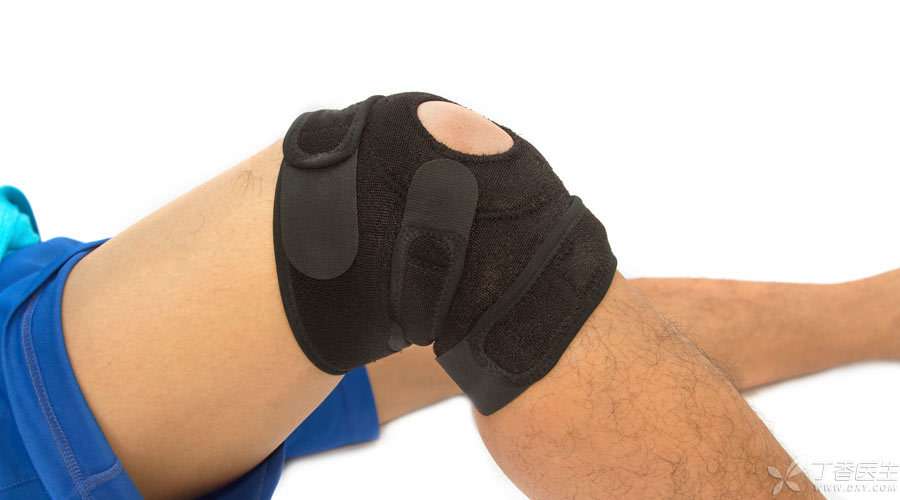
Running is all good, only hurting the knee.
Knee, can be said to be a permanent pain for many runners. However, in fact, it does not mean that if you have the right posture, shoes and warm-up stretching, your knee will not feel uncomfortable immediately.
Running knee is not actually a [running] problem, but it may be that you do not have enough foundation and leg muscle strength to bear the pressure [others can bear].
On top of all the correct running skills, one must remember: step by step, not bravado.
To avoid sports injuries, what anyone should do is:
- Correct exercise habits (warm-up, etc.), reasonable running dress, standard running movements, and sufficient strength, coordination and flexibility training
So, besides this, how do you protect your knees? Many people may consider using knee pads after knee injuries or when they feel uncomfortable.
Does knee pads really work?
Under normal circumstances, the knee joint controls the stability of movement through the surrounding muscles and ligaments.
When the range of motion is too large or cannot be maintained within the normal range of motion, it will cause damage to key parts such as muscles, ligaments and joints.
The function of knee pads is equivalent to wrapping a layer of [muscle ligament] and other protective tissues from the outside to support the stability of joints and limit joint activities, thus preventing injuries.
With the development of sports protection, knee pads are also varied, with various advanced materials, different sizes, styles and colors, which look dazzling.
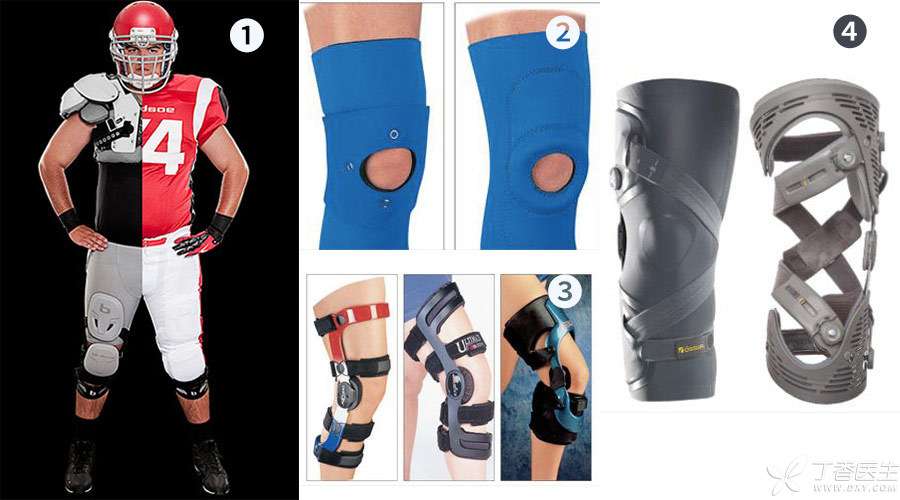
In fact, knee pads are mainly divided into the following categories:
1. Preventive knee pads
It is used to protect athletes’ knees from injury in fierce confrontational sports.
2. Functional knee pads
It is used for the injured knee joint and provides support.
3. Rehabilitative knee pads
In the process of recovery after injury or surgery, wear this knee pad to brake the knee joint.
4. Decompression knee pads
It is mainly used to relieve the discomfort symptoms of arthritis patients.
If you are not injured, it is not recommended to wear knee pads everyday.
Some friends may be afraid of knee injuries in advance and will wear knee pads on a daily basis just in case. In fact, this is very wrong.
Wearing protective equipment is a helpless act after sports injuries occur.
For example, athletes suffering from injuries must take part in the competition, or their joints are unstable after recovering from injuries.
Don’t think that if you wear protective equipment, everything will be all right when you exercise.
For healthy people who are generally not injured, it is not recommended to wear knee pads at any time on a daily basis:
Wearing knee pads for a long time in daily life will weaken muscle strength and control and make it more vulnerable to injury.
If injured, choose knee pads according to the injury.
However, if runners want to choose knee pads, it depends to a large extent on the diagnosis of specific injuries.
1. Fixing straps (straps)
It is recommended for patellar tendinitis, patellar softening, patellofemoral pain syndrome and iliotibial band comprehensive syndrome.
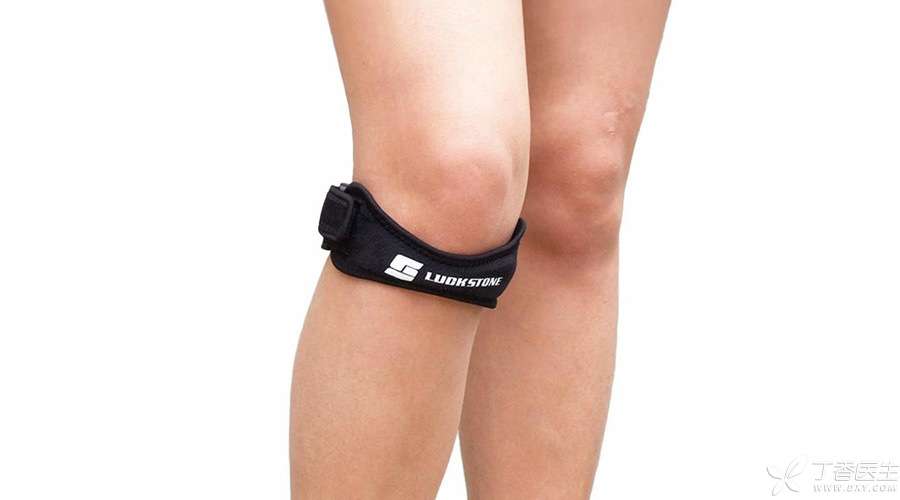
This kind of belt (also called pressure belt) usually has two kinds of binding:
- At the patellar tendon below the knee, the main function is to help disperse the stress on the patellar tendon. The other is to fix it above the knee, which relieves the tension of iliotibial band and reduces the friction on the external epicondyle of femur during movement.
The pressure generated by fixation will provide feedback to the brain, strengthen the proprioception of the knee joint and increase its own neuromuscular control.
2. Knee sleeve)
It is mainly applied to mild edema, such as mild arthritis or mild sprain.
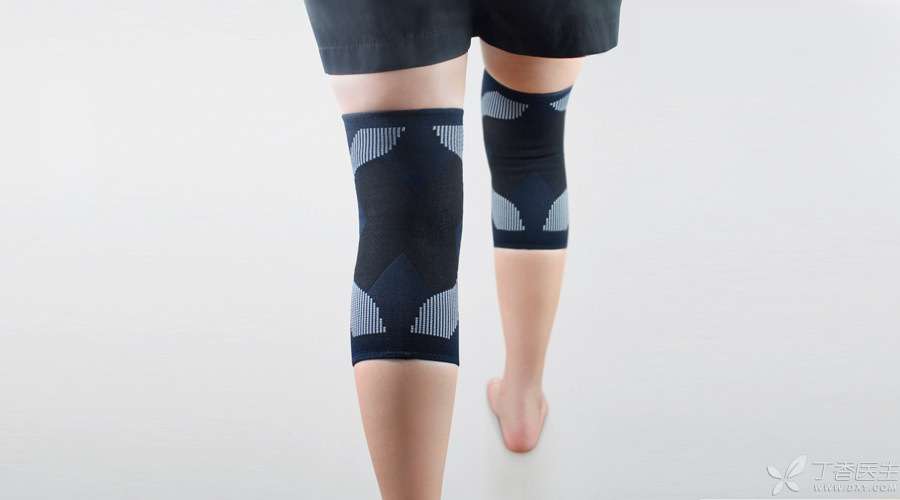
Knee cuff is not open. As the name implies, it completely covers the knee joint like cuff. Usually it is a compressible material, which can promote the detumescence and blood circulation of the knee joint, and also has the effect of strengthening proprioception.
3. Patella brace
It is most suitable for runners with chondromalacia patella and loose patella movement.
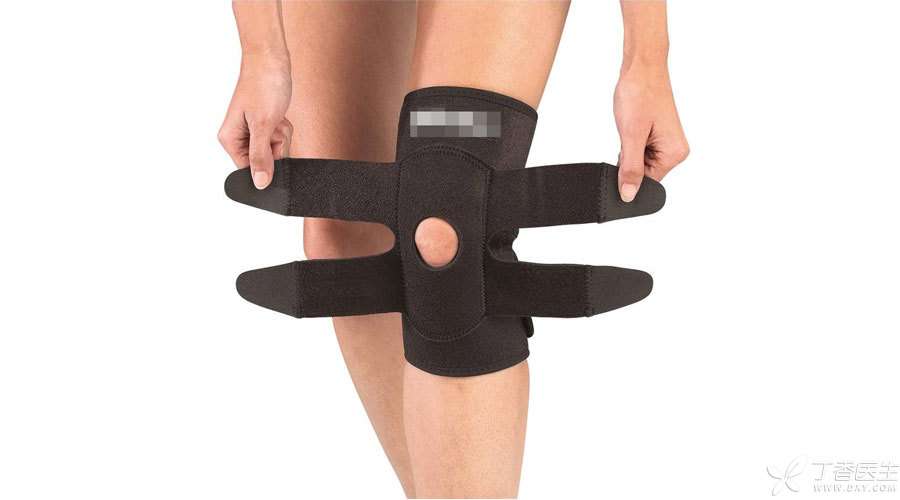
Patella protector has openings. This design can better fix the patella, promote the patella to move in the normal track, avoid stimulation caused by abnormal displacement, and reduce the pressure of knee pads on the patella to a certain extent.
